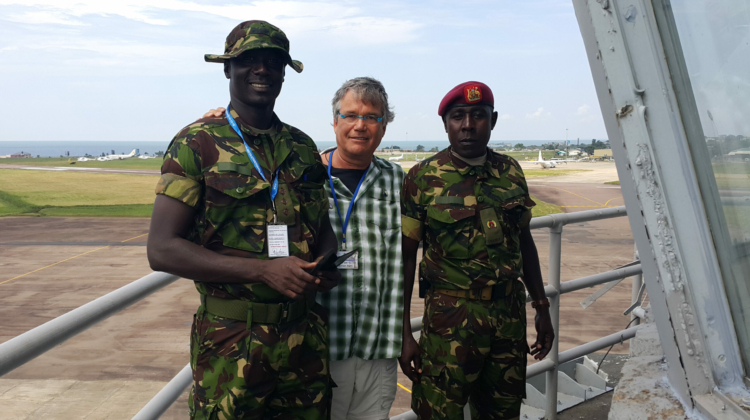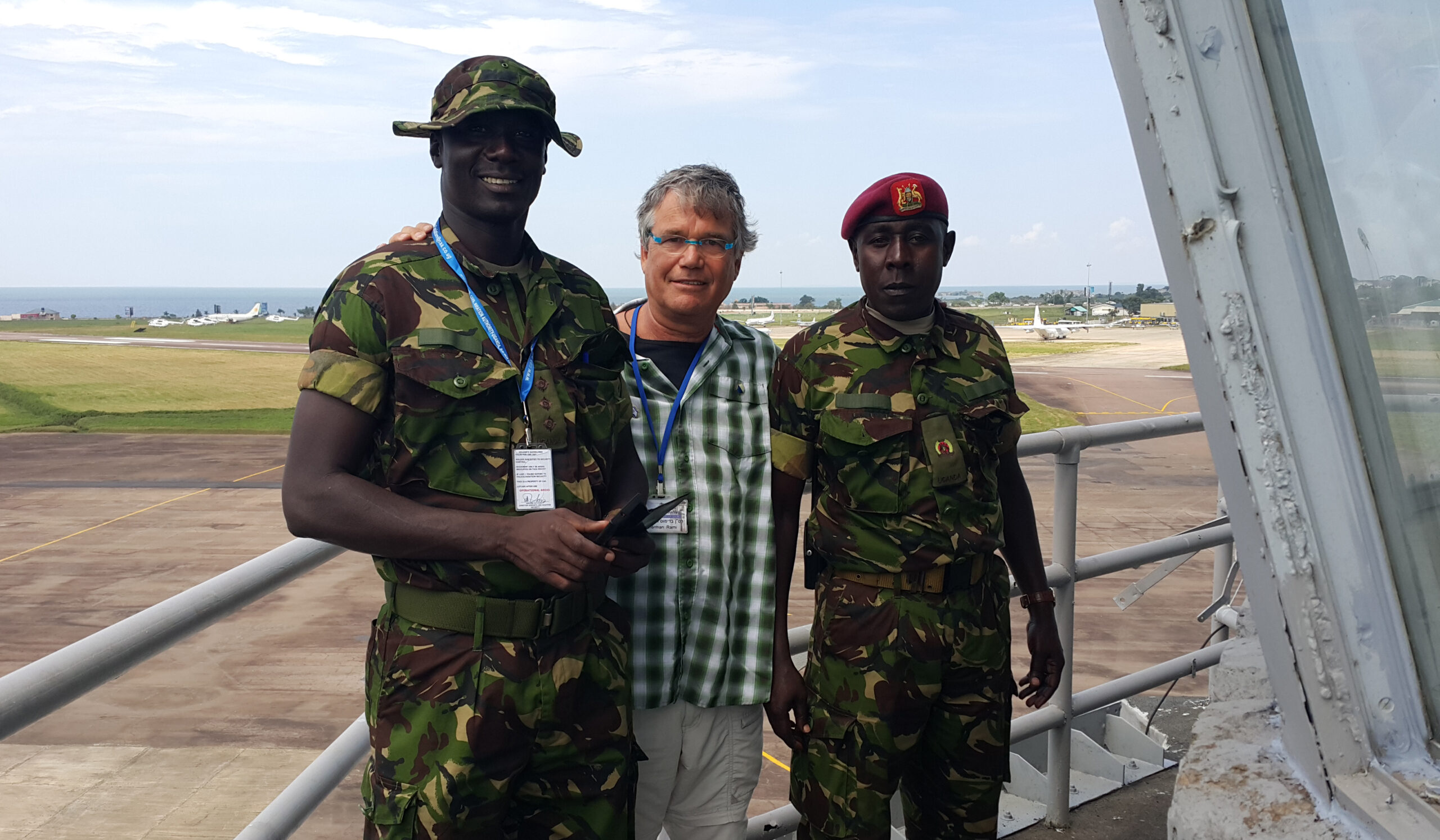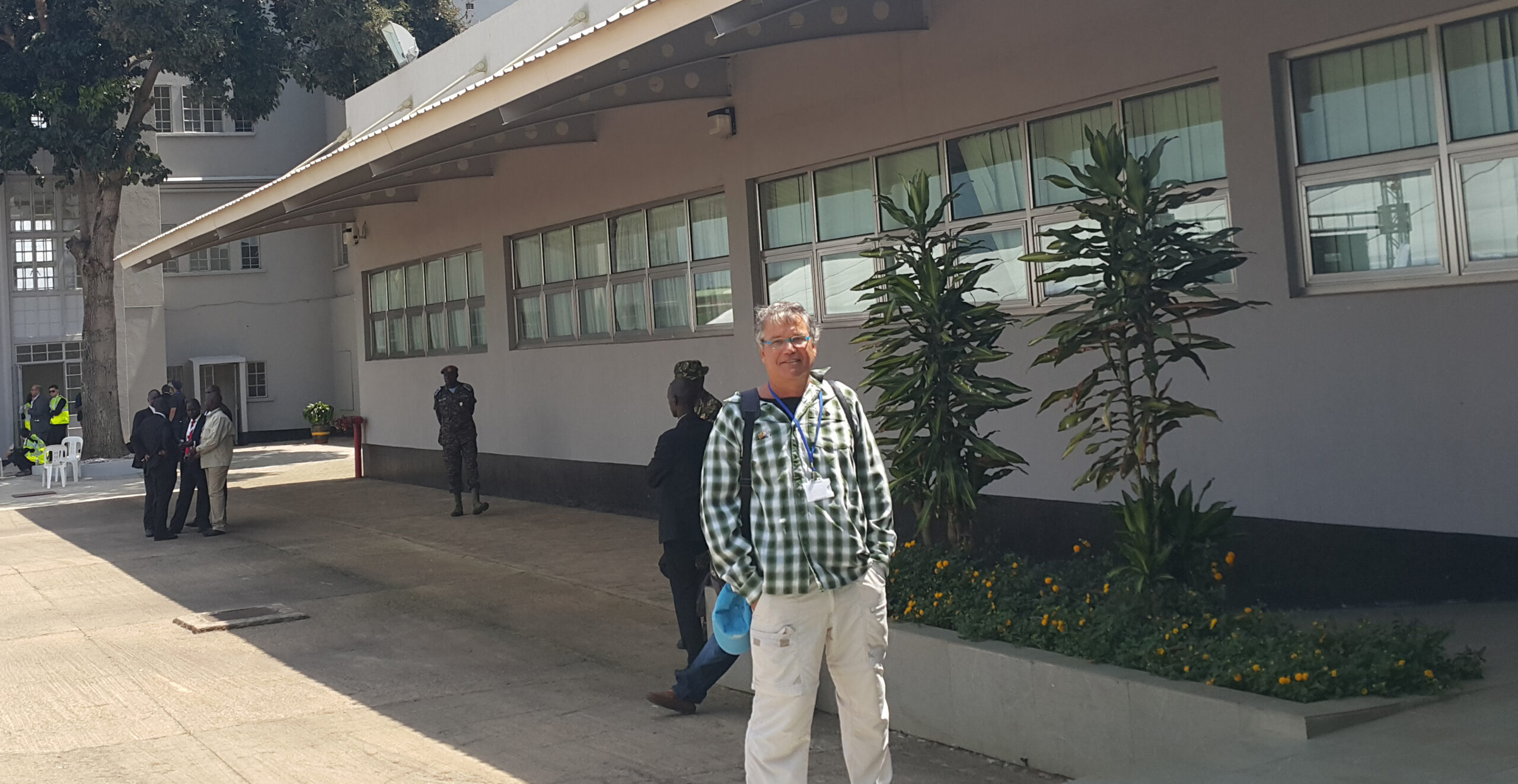
Israel Defense Forces (IDF) Maj. (Res.) Rami Sherman was a special guest speaker at a program held in Philadelphia, PA, on June 5th, 2021, titled, “The Miracle at Entebbe,” sponsored by the American Foundation Creating Leadership for Israel (AFCLI). Lou Balcher, Director of AFCLI was the brainchild behind this program that memorialized the late Lt. Col. Jonathan (Yoni) Netanyahu. Yoni Netanyahu fell during the Entebbe operation (renamed Operation Jonathan) to rescue the 106 Israeli and Jewish hostages (separated in a Nazi-like way from the freed non-Jewish passengers) held by Palestinian (Popular Front for the Liberation of Palestine External Operations (PFLP-EO) and German terrorist gangs.
On June 27, 1976, an Air France Tel-Aviv to Paris flight, with a stopover in Athens, was hijacked by the terrorists. In a seemingly “mission impossible,” on July 4, 1976, IDF commandos from the elite Sayeret Matkal unit, launched the most daring rescue operation in memory, traveling 2,500 miles from Israel to Uganda.
Maj. Rami Sherman was the operation officer under the command of Yoni Netanyahu. Rami had prepared the Sayeret Matkal unit for the operation and coordinated with the Air Force and General Shomron in Tel Aviv. Rami arrived with the first Hercules (C-130) plane that landed at the Entebbe Airport. He drove a Black Mercedes that imitated Idi Amin’s (the bloody dictator of Uganda) up to the terminal where the hostages were held. He then commanded the assault unit that freed the hostages and killed the terrorists. Afterward, he drove a wounded Yoni to the C-130 that carried the medical team. Going back to the terminal, he led the freed hostages to the C-130 rescue planes. Rami continued to serve as commander of Special Operations until 1980.
Armed with a warm and outgoing personality, Rami charmed the audience of several hundred people with his easygoing ways, and plain speaking. Wearing jeans, a plain blue shirt, and sneakers, he was self-deprecating and humorous, showing none of the formal attributes of a keynote speaker, or an idolized hero.
This reporter sat down with Rami Sherman for a rather informal interview at the Museum of American Jewish History in Philadelphia.
 [On left: Rami with two Ugandan soldiers by the old terminal].
[On left: Rami with two Ugandan soldiers by the old terminal].
Joseph Puder (JP): Rami, would tell our readers about your childhood and family background?
Rami Sherman (RS): I was born on April 4, 1953, in Kibbutz Lehavot Ha’Bashan located in the Hula Valley between the Galilee and Golan Heights, 500 meters from the Syrian border. Both my parents were sole survivors of their extended Polish-Jewish families, in the hell known as the Holocaust. They met on a bus going to the Kibbutz (Lehavot Ha’Bashan), fell in love and created our Jewish-Zionist family. Our Kibbutz was affiliated with the leftist youth movement Ha’shomer Ha’Tzayer (Young Guards), where we had a baby house (mothers worked, while the kids were cared for by special staff). The Syrians were shooting down at our Kibbutz on a weekly basis; still my childhood was happy, being surrounded by beautiful nature and kids my age. Being an ultra-secular socialist kibbutz, Bar-Mitzvah was a concept attributed to the religious, but not to us. When the IDF captured the Golan Heights in the Six Day War (1967), the shelling from the Syrians stopped, but was replaced by Palestinian Katyusha rockets.
JP: What motivated you to join Sayeret Matkal?
RS: The spirit of the statue of the “roaring lion” dedicated to Joseph Trumpeldor, our early Zionist hero, seen through my window, and his immortal words of, “It is good to die for our homeland,” touched me. My kibbutz friends, who were drafted before me, and volunteered to the unit, inspired me to follow in their path. Actually, it didn’t take much convincing; I joined the Sayeret not so much as a personal choice but rather to serve my country. Apparently, patriotism was embedded in me early on at the Kibbutz children house. It was easy for me to find my place within the small unit, a band of brothers; we continue to “march” together, even today. Moreover, to paraphrase the old saying, “You can leave the Kibbutz, but the kibbutz doesn’t leave you.” This is also true for every Israeli abroad.
JP: What role did you play in Operation Jonathan?
RS: I joined the Sayeret in November, 1972, following the completion of the officers’ training track, I then became an officer. In 1976, I was appointed Operation Officer of the unit. The week of late June, 1976 was full of turmoil. I began as a terrorist hijacking operation that was first seen as a French government problem, and ended up with a decision by the Israeli government to take a huge and risky gamble, by sending us to Entebbe. I took part in eliminating the terrorists, and freeing the hostages in the old Entebbe airport terminal. The rest is frankly a living history with 45 years of heartfelt memories.
 [On left: Rami in front of the old Entebbe terminal where the hostages were held.]
[On left: Rami in front of the old Entebbe terminal where the hostages were held.]
JP: Would you describe the reception you received from the hostages?
RS: I first met the hostages when they exited the terminal. They stared at me in disbelief, mixed with amazement; it was as if they silently asked, “Are you really IDF soldiers?” They actually feared that the terrorists were going to execute them at any given moment. The hostages’ fears were such that 20 of them jumped into the vehicle that we prepared to take them to the waiting planes. They didn’t believe that we would be able to evacuate all of them alive. We marched them from the vehicles to the planes with our armed IDF soldiers protecting them on both sides. I heard a voice shouting, “Rami, you are saving Jews.” At that moment, I was truly touched. I realized that I was taking part in a rescue operation, something that was denied to my extended family in Poland. I was proud of my country that sent us 4,000KM on a single mission – to save Jewish lives!
JP: What lessons can we derive from Operation Jonathan?
RS: There are a number of clear lessons that we can easily identify. First, the values and morality of the IDF and the Israeli government. The rescue operation began as initiatives by few individuals and ultimately reached the decision-makers. They in turn, decided to take political and moral risks given the uncertainties of the mission. The IDF displayed determination, initiative, originality, and courage. The government understood that it was facing a most challenging event, not only vis-à-vis the lives of the hostages, and their extended families, but also in its relationship with the Jewish Diaspora. Second, the operation expressed the spirit of Jewish values that we in the secular world think of as secondary. The State of Israel leaders understood that their ultimate role is to protect its people, especially some three decades after the Holocaust. We internalize the Jewish saying, “He who saves one soul, is as if he saved the whole world.” This, more than anything else, expressed the rationale behind Operation Jonathan, and continues to guide us today. Third, there are universal lessons that Operation Jonathan brought to the world. It inspired armies of free nations on ways to combat terrorism. It provided nations whose most fundamental values are the right to life, to liberty, and to the right to fight for these values.
I would like to end with a personal observation; I flew to Entebbe as an Israeli, Zionist, and an officer in an Israeli elite unit; I returned however, as a Jew. It took me 40 years to understand it clearly.


Leave a Reply